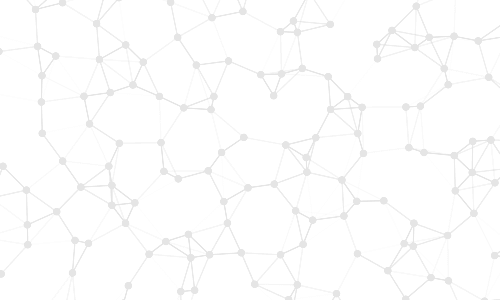Published October 8, 2025
Somero: Concrete Construction Workflow & New Products
inpractise.com/articles/somero-concrete-construction-workflow-and-new-products
Executive Bio
Former VP at Baker Construction
Summary
Subscribe to access hundreds of interviews and primary research
Or contact sales for full access
Interview Transcript
Disclaimer: This interview is for informational purposes only and should not be relied upon as a basis for investment decisions. In Practise is an independent publisher and all opinions expressed by guests are solely their own opinions and do not reflect the opinion of In Practise.
This is a snippet of the transcript.to get full access.
Perhaps it would be more helpful to start with the evolution of the industry. You've been in the industry for a long time, and the first time we talked, you mentioned that when laser screed came out, Baker was among the few companies doing 20,000 square feet per day in terms of concrete pours. That capability was unique to you, and you did high-volume jobs. You told me that the screed kind of leveled the playing field. It would be helpful if you could expand on that
Fast forward, we had an industrial floor group working on warehouses nationwide. We started losing jobs to other contractors who had laser screeds. The laser screed allowed them to pour 20,000 square feet at a time, which was a great equalizer. Our unique niche disappeared, and we lost a lot of that work. We reassessed our approach and ended up buying a laser screed in the late 1980s. The serial number was 29. We used it on warehouse work and large slab-on-grade pours.
This is a snippet of the transcript.to get full access.
How did that reduction in labor affect efficiency for you?
Typically, you'd have a crew setting the screed pads with the laser and another crew making a screed pad using a 16-foot straight edge. Behind each of those were a couple of laborers. Depending on the pour, there might be three straight edges going at a time, each with two finishers, totaling six finishers just for placing the concrete.
This is a snippet of the transcript.to get full access.
How did that reduction in labor affect efficiency for you?
Each of those would have two to three laborers, so you'd probably have seven to eight laborers doing the same thing.
Free Sample of 50+ Interviews
Sign up to test our content quality with a free sample of 50+ interviews.
Or contact sales for full access
Related Content

Somero: Low-End Disruption & EU Competitive Landscape
Current Director at a Concrete Flooring Equipment Dealership

Somero vs Ligchine: Levelling Technology and Patent Cliff
Former Director at Ligchine

Somero: Ligchine’s PE Strategy
Former CFO at Ligchine

Somero: History & Aftermarket Monetization
Former Somero CFO
© 2024 In Practise. All rights reserved. This material is for informational purposes only and should not be considered as investment advice.
